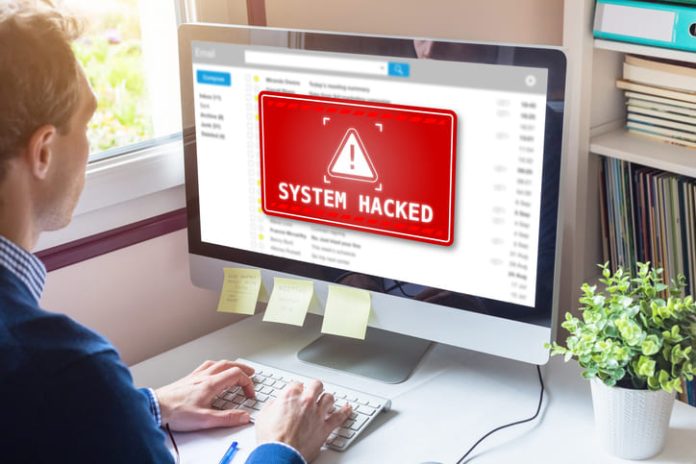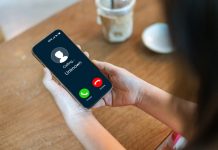We’ve all done it—clicked a link with no hesitation at all. It could have been an ad for a great offer, a message stating your bank, and a pop-up that seemed too interesting to pass up. But opening unverified hyperlinks, or hyperlinks received via unfamiliar and untrustworthy sources, can lead to chaos.
These links can lead you to dangerous websites, infest your computer with malware, steal your data, and even allow hackers access to your accounts. Let’s have a deeper examination of the dangers and understand why exercising care with URLs is even more important today.
Malware Infection
One of the biggest dangers of opening unverified URLs is malware. Malware can attack your device and cause havoc in numerous forms. Some will slow down your computer, and others will lock your files out of your computer altogether.
Viruses can delete important files and corrupt them. Ransomware will steal your files and demand payment in exchange for them. Spyware will track your online activities, including passwords and private information. Once malware is inside your system, removing it isn’t always easy, and sometimes, the damage is irreversible.
Phishing Scams
Phishing scams are one of the most common forms of cyber-attack that comes with unverified URLs. What these scams will have you do is enter your information in a fake website that looks real. What can occur is that you will receive an email, message, etc., stating that it is your bank, social site, or even an online store, and then it will have you click a link in an attempt to access your information.
Once you have entered your login details or your banking details, fraudsters can steal your account data, money, and even your identity. Most people fall prey to such scams simply because such websites mimic real ones almost identically. To prevent them, you must double confirm links or use a specialized service like Bitdefender link checker and avoid entering sensitive information in an unfamiliar website at any cost.
Drive-By Downloads
Some websites don’t even require you to download anything yourself, instead, when you go to them, they download it for you. These drive-by downloads can then download and install malware onto your device when you access a compromised site in a sneaky manner.
You might not see any signs, but in the background, the website could download and install malicious software granting hackers access to your computer system. That can even happen when your computer contains updated antivirus software, specifically when your web browser or your computer’s OS isn’t completely updated with security patches.
Fake Giveaways and Scams
It’s hard not to fall for a free prize, but most giveaways touted as such are scams that will try to make you fall for a trap and click a malicious link. There’s a message saying that you have won a new phone, a gift card, or a cash prize, and a link to claim your prize. The issue is, no prize is ever present, but a trap waits at the other end.
These fake giveaways will ask for your information, even your credit-card information, under the guise of “shipping fee.” Others will even download software onto your computer for simply visiting a site. Real companies don’t have a practice of providing high-value items for free, and when an opportunity looks suspicious, it’s best not to fall for it.
Unauthorized Access
Some unverified web pages have codes in them that can exploit weaknesses in your device, and hackers can gain access through them. Once hackers have gained access, they can steal your files, monitor your keystrokes in order to gain passwords, or even activate your webcam and mic without you knowing.
For businesses and work-at-home professionals, it can specifically become dangerous. Once a hacker is in a company computer, it could steal information or even cause downtime in operations.
Fake Login Pages
A common hacker trick is creating a dummy login page that feels and looks almost identically to a real one. It could ask for your password and your email, but instead of logging in, your information will go to hackers directly.
Once they have your password and username, the hackers can hijack your account, lock you out, and use your profile to scam others. It is most dangerous for banking, work, and social profiles. That’s why, double verify web address when providing sensitive information, and don’t enter your password and username when it seems a little suspicious.
How to Stay Safe and Avoid Clicking Bad Links
- The best form of protection for these threats is awareness and precaution. You must first stop for a moment and confirm its source before clicking a URL. Don’t click, in case a URL looks suspicious and doesn’t resemble its site’s actual website. Also, it’s not a bad idea to learn how to check if your personal information is compromised
- Always hover over a link to see the full address beforehand, then click it. Never submit your private information on a site with only HTTP and not HTTPS. Check a URL for safeness with a link checking tool.
- Keeping your software, web browser, and anti-virus software up to date can also protect you from a potential cyber attack. Having multi-factor authentication for your accounts places an added security barrier in your way, one hackers will have a challenge in getting over even when your password is compromised.
- Most importantly, trust your instincts. If a message, a link, doesn’t make your gut tick, then best to leave it alone and not jeopardise your security. Caution can save a lot of headaches.
Final Thoughts
Clicking on unverified URLs can sometimes seem harmless, but can lead to dire consequences. Malware infection, identity theft, and a whole variety of nasty repercussions can follow a single, unverified click.
The internet is full of useful and exciting content, but it’s also filled with scams and cyber threats. By taking care and double-verifying first, you can protect yourself from becoming a victim of cyber attack. Stop and think first, your information and computer security depend on it.



































